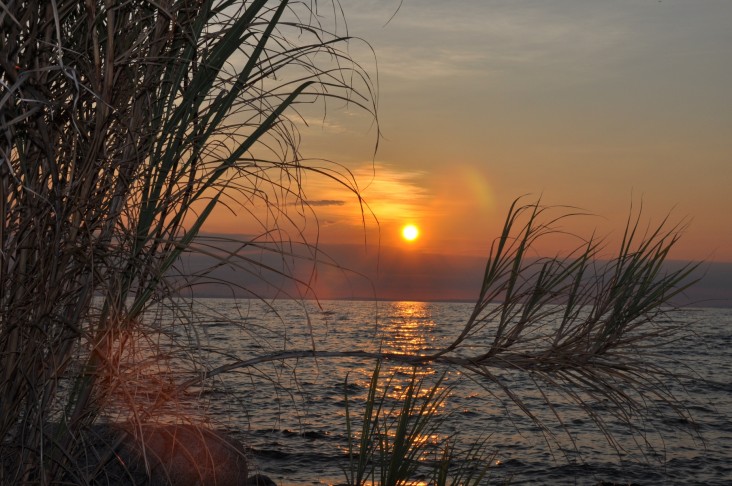
Tourism is a small but growing driver of Mozambique’s economy. Our biodiversity and tourism program builds on the Government’s recent commitment to the tourism sector and to enacting of conservation laws and policies. Along with the government, our program works with other donors, nongovernmental organizations and private investors in advancing a sound conservation sector that supports a nascent tourism industry and capitalizes on the biodiversity and natural resources of the country in a non-extractive way. Central to our approach is building local skills and abilities and increasing the role of scientific research as input for conservation priorities and management decisions.
In partnership with the government, the World Wildlife Fund, and Coca-Cola Co. we work to protect the species and natural habitats of the most biodiverse freshwater lake on earth. The establishment and protection of the Lake Niassa Reserve also supports fishermen’s livelihoods and lays a path for broad-based growth in sustainable tourism and related sectors.
Similarly, we support the Gorongosa Restoration Project to create a mutually beneficial relationship between the park and the communities by assisting them in the establishment of their land rights, resource management practices, and democratic and socio-economic institutions. This will stimulate economic activity in central Mozambique by encouraging private sector park-related businesses.
Reducing Costly Vulnerability
As a result of its long coastline, frequent severe storms and seasonal flooding, the country is one of the two countries in Africa most vulnerable to climate change, and among the five most vulnerable in the world. The urban centers and, more specifically, its coastal cities serve as the country’s economic hubs and drivers of development. These coastal cities house much of the country’s key infrastructure and productive workforce, which are vital to sustaining the strong economic growth it has enjoyed over the past few years. Yet they are also some of the most vulnerable to climate shocks in Africa as identified by the National Institute for Disaster Management and international development agencies.
In cities, extreme events such as cyclones and tropical storms already impose large costs, and climate change is expected to worsen the toll. These recurring incidences will have serious impacts on urban infrastructure and the health of local populations and biodiversity.
The goal of USAID’s five-year coastal city adaptation program is to increase climate resiliency in select coastal cities. Direct beneficiaries will include city authorities, residents of the municipalities participating in the project, local civic organizations, academic institutions and the National Institute for Disaster Management. Because they tend to live in the urban zones most at risk to climate hazards, benefits will particularly accrue to low-income households. The program will improve the provision of climate-resilient urban services, increase public demand for climate resilience measures, and increase access to insurance and other risk management tools for vulnerable urban infrastructure and livelihoods.
Featured Media
Photo Essay: Establishing the Lake Niassa Reserve in Mozambique








Comment
Make a general inquiry or suggest an improvement.